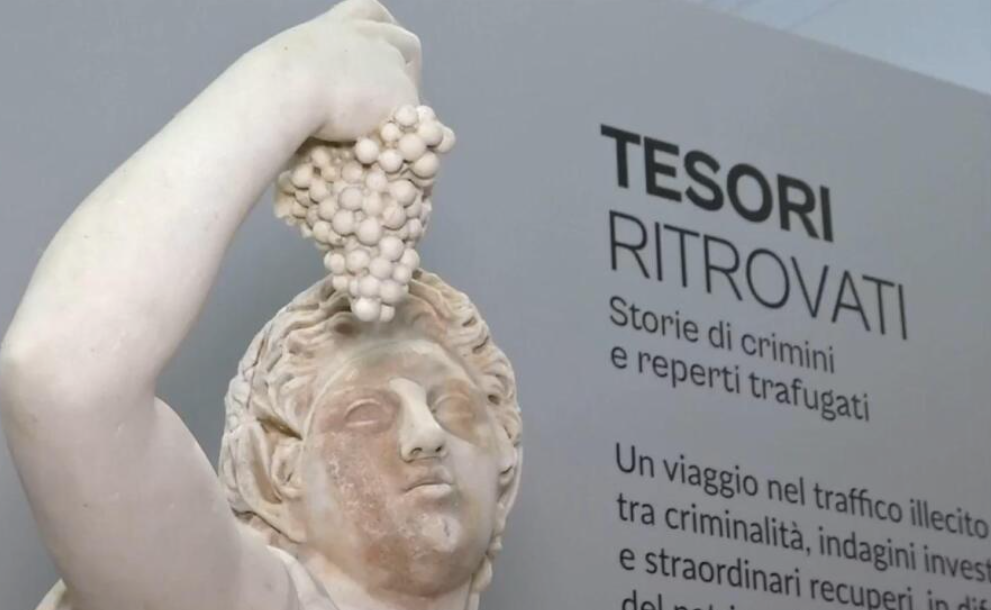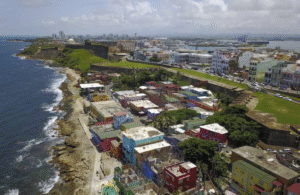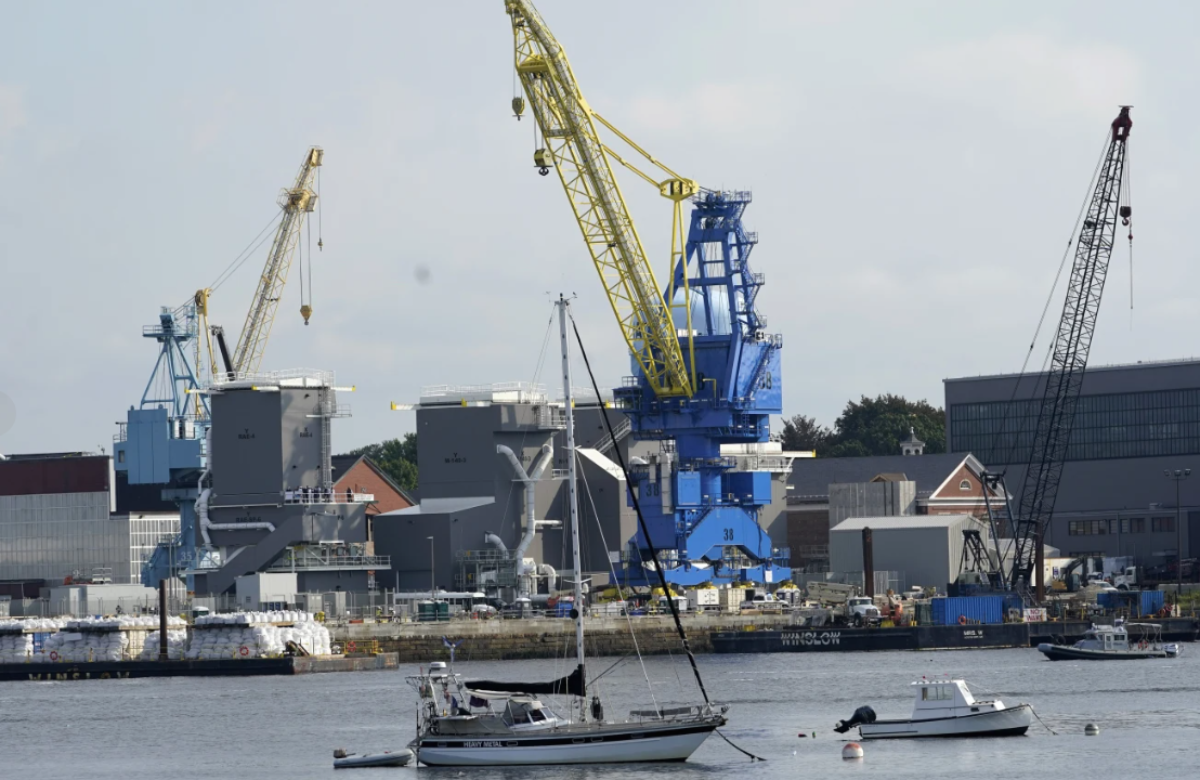Hundreds of long-missing artifacts, recovered over decades by a special police unit, have been publicly displayed for the first time at the National Archaeological Museum of Naples in southern Italy. The museum houses 15,000 items that have been seized or confiscated from the black market by the police unit, which specializes in protecting cultural heritage. These artifacts were looted from ancient sites in southern Italy, including Pompeii and Herculaneum, by thieves who have targeted the region for years. Some even used advanced technology like underwater metal detectors, GPS, sonar, and drones to plunder treasures from shipwrecks and submerged archaeological sites in the Mediterranean.
From its extensive collection, the museum selected 600 items for public display. Among the highlighted pieces is a statue that had been sitting in an apartment courtyard since the early 20th century before being stolen in the 1980s and recovered in 2009. Also featured are Pompeii artifacts, one of which was purchased by a French archaeologist from a local farmer in the 1990s for 50,000 lire (around $28 today). Other items on display include ancient ceramics, coins, bronzes, marbles, pottery, weapons, armor, and furnishings, spanning from the Archaic Period (650 to 480 BC) to the Middle Ages.
Massimo Osanna, head of national museums at Italy’s culture ministry and one of the exhibition’s curators, described it as a powerful story of redemption. “It’s a beautiful exhibition that tells a beautiful story, a story of the return of our stolen artifacts, which often ended up in private collections or even international museums,” he said in an interview. “Thanks to the work of the public prosecutor’s office and the police, along with the ministry, these artifacts are finally returning home and being brought to light.”
In 2023, the police unit managed to recover more than 100,000 artifacts, which are estimated to be worth a combined total of 264 million euros (approximately $299 million).













